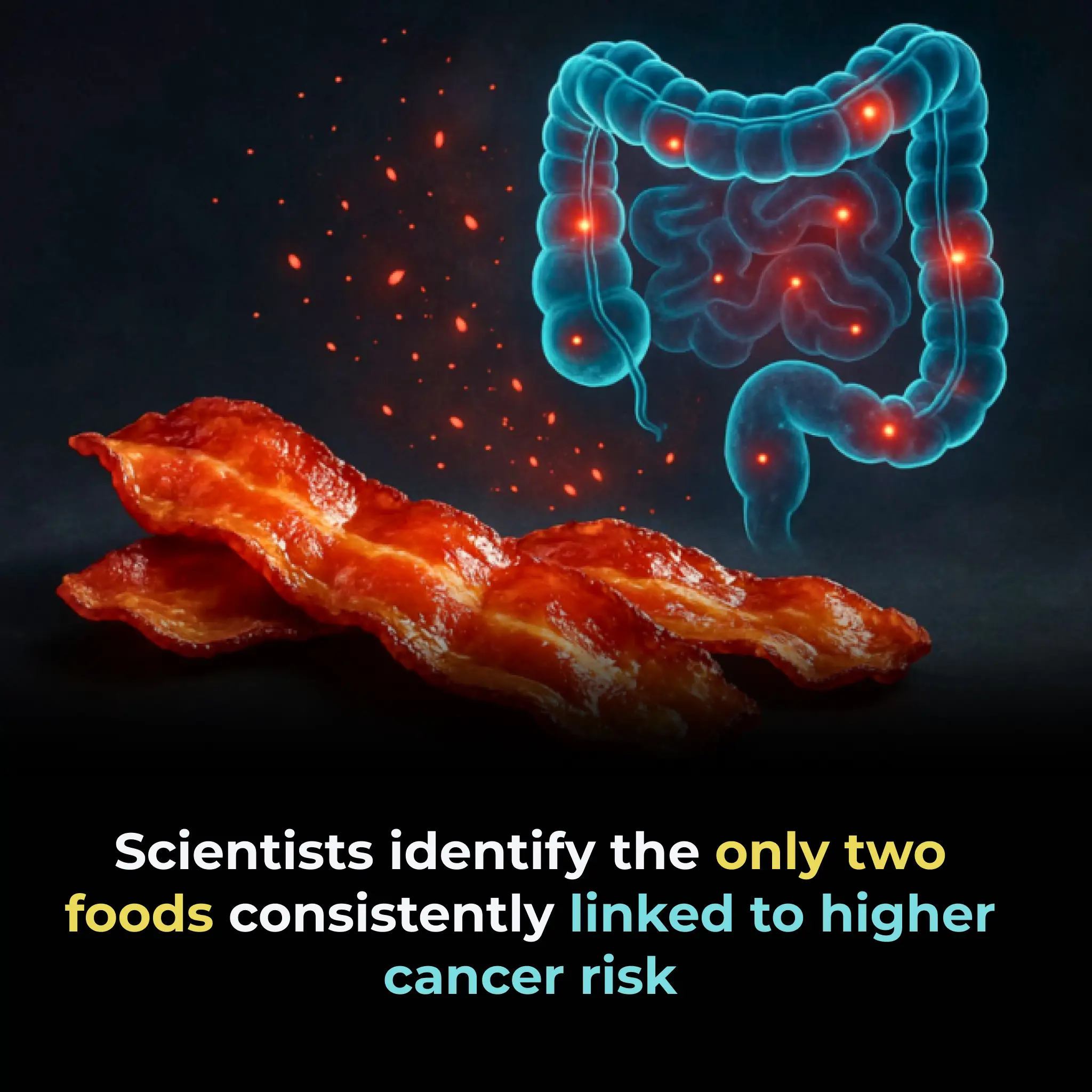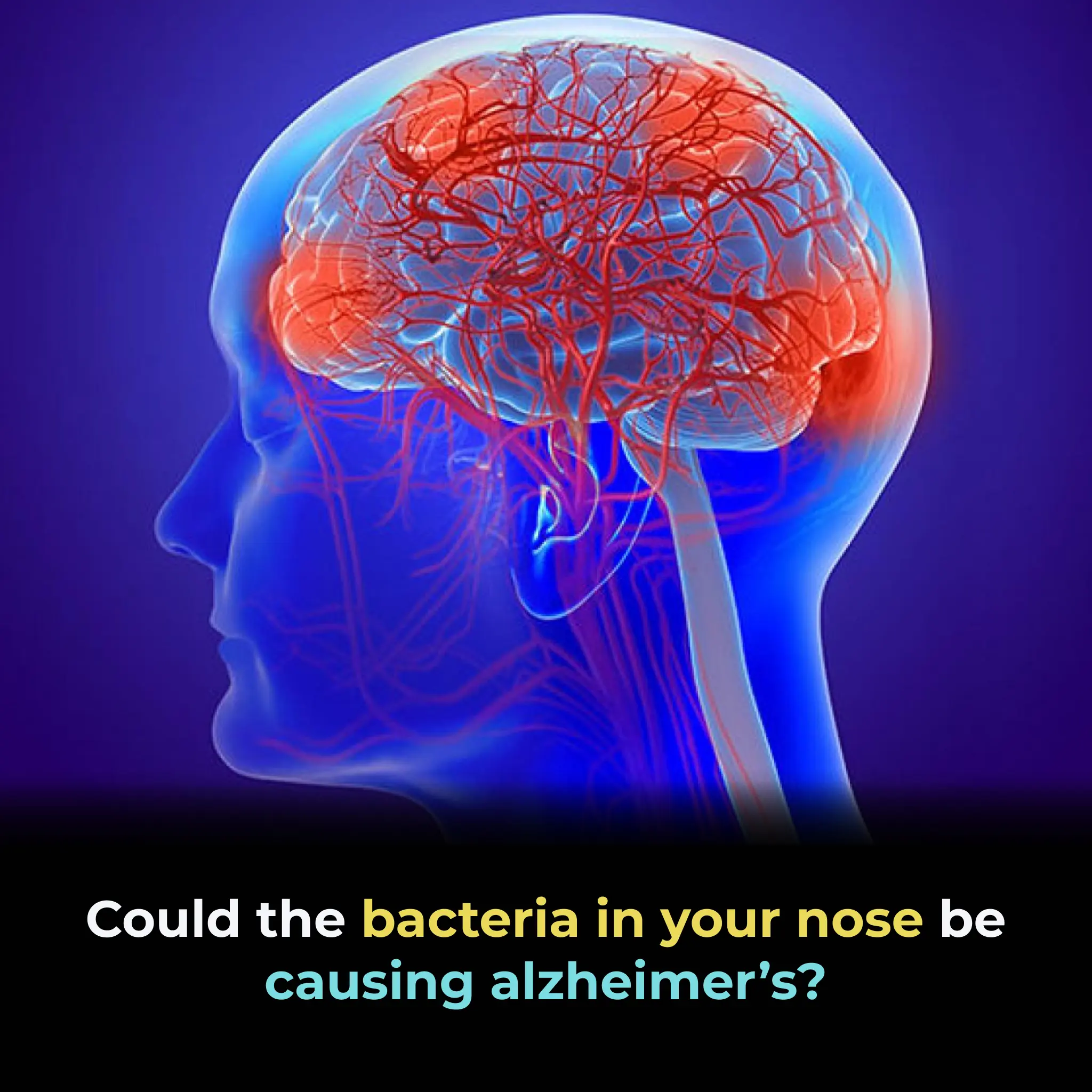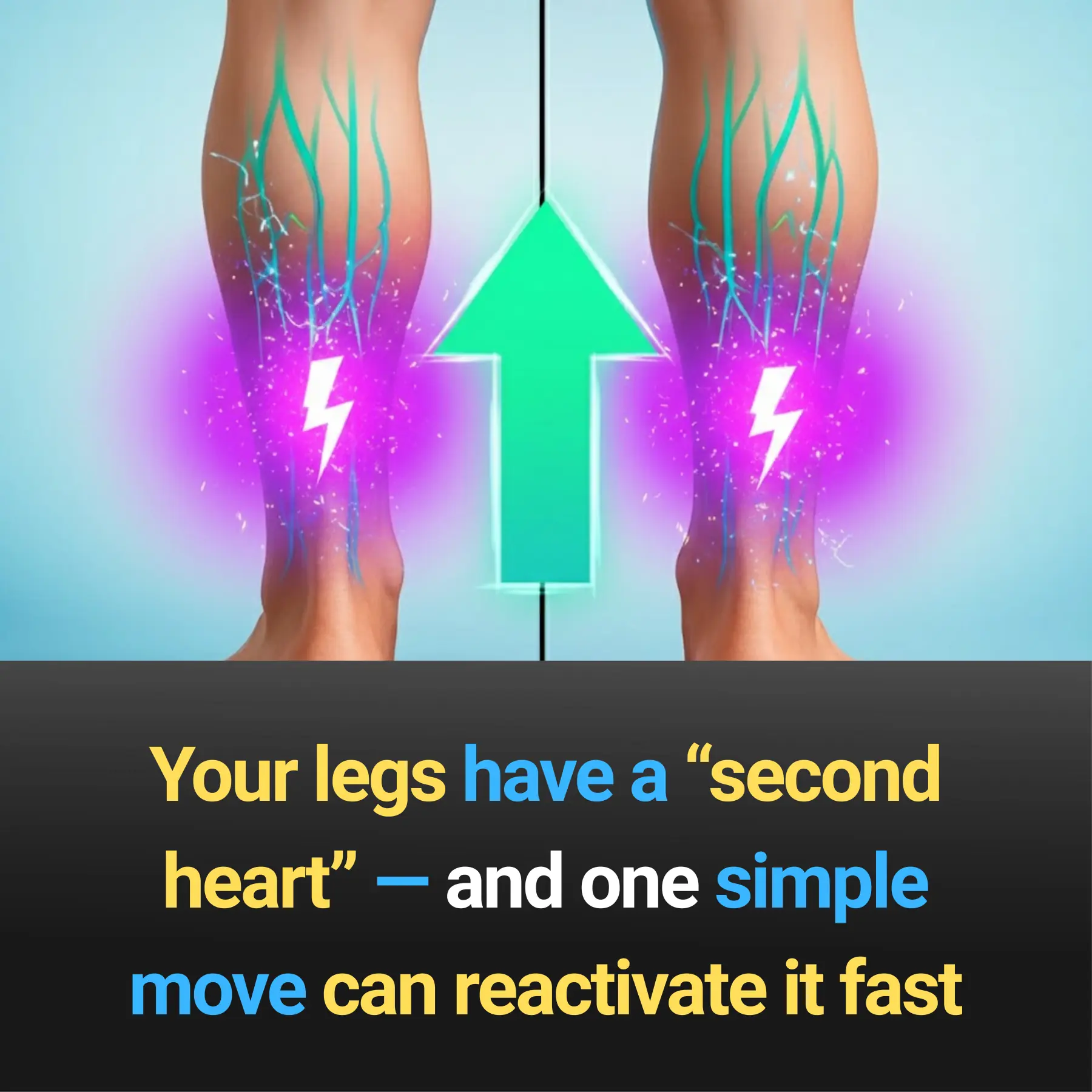
The Woman With Two Genomes: The Extraordinary Chimera Case That Redefined DNA Science”
The Woman Who Carried Two Genomes: The Astonishing DNA Mystery That Challenged Modern Science
What would you do if a DNA test suddenly claimed you were not the mother of your own children?
For most people, it would sound impossible — even absurd.
But for Karen Keegan, a 52-year-old woman from Boston, this nightmare became real during what was supposed to be a routine medical evaluation.
Her case would soon stun doctors, reshape legal standards, and force scientists to confront one of the strangest biological phenomena ever documented.
🧬 A Simple Transplant Test Turned Into a Genetic Shock
Karen needed a kidney transplant, so her doctors performed standard compatibility tests on her three adult sons. These tests are routine and reliable — the kind used worldwide for organ donation.
But the results made no sense.
-
The three sons were confirmed to be full brothers.
-
Yet DNA claimed that two of them were not biologically related to Karen.
Assuming a lab mix-up, the medical team repeated the test.
The same result appeared again.
Karen — who had carried, delivered, and raised her sons — was being told by science that she wasn’t their genetic mother.
(Source: New England Journal of Medicine, 2002)
🧪 A Deeper Investigation Uncovered the Truth
Instead of accepting the DNA results at face value, specialists at Beth Israel Deaconess Medical Center launched a more detailed investigation. They began collecting DNA samples from different parts of Karen’s body:
-
Blood
-
Cheek swabs
-
Hair
-
Surgical tissue saved from prior procedures
-
Thyroid tissue
What they discovered was astonishing.
Karen’s blood contained one set of DNA, but her other tissues contained a completely different genetic profile — and that second profile matched the two sons she was “not” related to.
This was the breakthrough moment.
Karen was identified as a tetragametic chimera, meaning she developed from the fusion of two separate fertilized eggs early in the womb. She had essentially absorbed her fraternal twin before birth.
So inside her body lived two different genomes, each controlling different tissues.
(Sources: NEJM; BBC Science; Scientific American)
👩👦 One Person, Two DNA Identities
Further testing revealed that Karen had four distinct HLA immune types across her body — a combination only possible through chimerism. Her reproductive system had originated from one genetic line, while much of her blood came from the other.
In practical terms:
-
Her eggs came from one genome.
-
Her blood — used in routine DNA tests — came from the “vanished twin.”
So every blood-based DNA test was reading the wrong person.
Remarkably, Karen had no outward signs of chimerism:
no mismatched eye colors, no unusual pigmentation, no visible traits that hinted she was genetically two people in one body.
She lived for over half a century unaware of the biological anomaly within her.
(Sources: The Guardian; NPR; Boston Globe)
⚖️ How Karen’s Case Saved Another Mother From Losing Her Children
When Karen’s case was published in the New England Journal of Medicine (2002), it quickly became a landmark in medical genetics.
That same year, another American woman — Lydia Fairchild — faced devastating circumstances.
A court-ordered DNA test declared she was not the mother of her own children, and she was accused of welfare fraud.
Her lawyer discovered Karen Keegan’s published study and argued that Lydia might also be a chimera.
A deeper test, using cervical tissue rather than blood, revealed a second genome in Lydia — one that did match her children.
Karen’s case became the crucial scientific precedent that prevented a mother from losing custody of her own kids.
(Sources: BBC News; ABC News; Court Records)
🔍 Why the Case Matters Today
Karen Keegan’s story became one of the most important genetic cases of the modern era. It forced scientists, doctors, and courts to acknowledge a difficult truth:
DNA is powerful — but not perfect.
In rare genetic chimeras, standard tests can produce results that contradict biological reality.
Today, her case is cited in:
-
Forensic science
-
Family court cases
-
Organ donation systems
-
Genetic counseling
-
University biology programs
It stands as a reminder that the human body is far more complex — and far stranger — than even experts once believed.
✨ Final Thoughts
Karen Keegan never expected her medical evaluation to rewrite textbooks and influence global legal cases. But her unusual biology revealed a hidden world within human development — one where two embryos can merge into a single body, quietly carrying two lifetimes of DNA.
Her story reminds us that behind every scientific rule, nature always leaves room for extraordinary exceptions.
News in the same category


The Man Who Became “Dad” to Millions: How Rob Kenney Turned His Pain Into a Global Mission

China Just Launched the World’s First 10G Home Internet — And It Signals the Future of Global Connectivity

An Olympic Medal, a Baby’s Life — and a Story of Humanity That Touched the World

Utqiagvik Enters 64 Days of Darkness: Inside Alaska’s Annual Polar Night

Community Backlash Stops Padel Court Plans in Bath Amid Rising Demand

26 Years, 214 Countries, 900,000 Kilometers: The Epic Journey of Gunther and Christine

Personal Video with Messi Leads to Dismissal, Raising Questions About Workplace Rules

Sleep: The Hidden Engine Behind Metabolism and Fat Loss

The First Dive: How Hundreds of Emperor Penguin Chicks Took a Daring 50-Foot Plunge

What Happens to Your Body During a 24-Hour Fast?

China Achieves Quantum Teleportation Breakthrough That Could Redefine the Future of Communication

A Comedy Gone Too Far: Five Parrots Split Up After Cursing and Laughing at Guests

Autcraft: How a Father Built a Safe Digital World for Autistic Children

South Korea’s Top Universities Redefine Excellence by Rejecting Students With Bullying Records

The Healing Power of Bone Broth: From Gut Health to Whole-Body Wellness

Experts Issue Terrifying Warning That Part Of The Earth Is Tearing Apart In A ‘Train Wreck’ Event

Karma’s Gift: How Juliette Lamour Became a $48 Million Winner

Think Twice Before Putting Parchment Paper in the Oven
News Post

How to treat nerve pain in the foot, toes & legs …

Scientists identify the only two foods consistently linked to higher cancer risk

COULD THE BACTERIA IN YOUR NOSE BE CAUSING ALZHEIMER’S?

Retinol Cubes Age 40, she rubs 1 cube daily, Never had any Dark Spots

Reverse Hair Greying – Turn White Hair to Black

A High School Robotics Team Built What Insurance Refused — And Gave a 2-Year-Old the Gift of Independent Movement

The Man Who Became “Dad” to Millions: How Rob Kenney Turned His Pain Into a Global Mission

China Just Launched the World’s First 10G Home Internet — And It Signals the Future of Global Connectivity

An Olympic Medal, a Baby’s Life — and a Story of Humanity That Touched the World

The Shocking Impact of Honey with Cloves on Your Health

Clear Your Lungs and Soothe Your Cough Naturally with Onion Remedy

Guava Leaf Tea: A Simple Habit With Powerful Health Benefits

The single move that instantly clears congestion and drains your sinuses

This common diabetes medication may undo the benefits of your workouts

Your legs have a “second heart” — and one simple move can reactivate it fast

9 cancer warning signs your body is sending you (don’t ignore these!)

Here’s the secret why everyone puts avocados on the fire!

Grow Date Trees From Seed (Start in a Pot → Plant Outdoors): The Complete, No-Stress Guide
